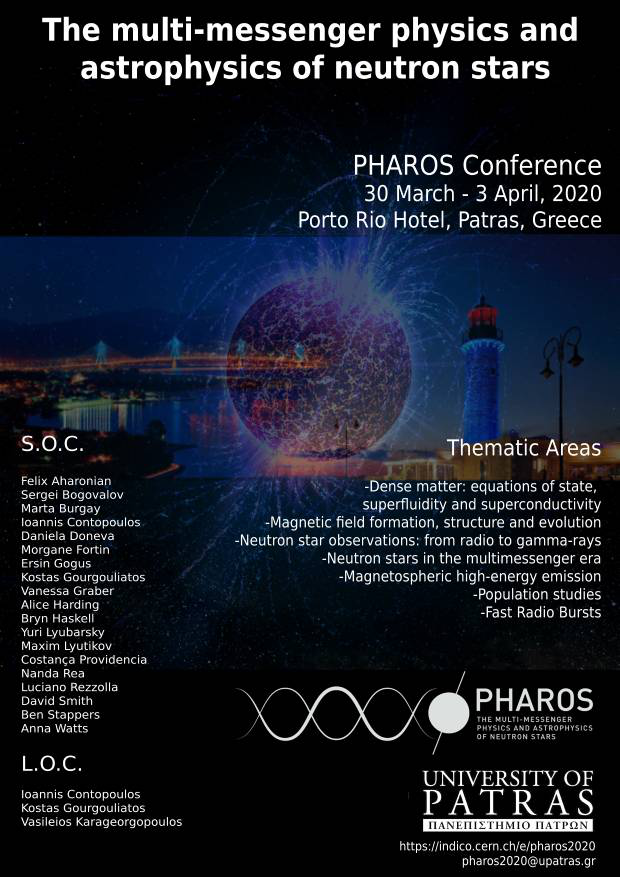Speaker
Description
The rotation of the Vela pulsar was regularly interrupted by large glitches 17 times during the last 50 years. In contrast, only 3 small glitches (sizes < 10 uHz) have been reported for the same time period. There is general agreement that all these glitches distribute normally around 20 uHz, with a standard deviation of close to 10 uHz. However, the completeness of this sample is unclear. We present systematic searches for small glitches in nearly 17 years of observations of the Vela pulsar that were carried out at the Mount Pleasant Radio Observatory (Hobart, Australia). Given the high cadence of the dataset, we estimate that the searches are sensitive to sizes above ~0.0005 uHz. Three new small glitches were found with sizes between 0.01 and 0.4 uHz. We also found a population of events with sizes < 0.01 uHz which could also be regarded as glitches. However, as it was reported for the Crab pulsar, there is a similar population of events with negative steps. One plausible interpretation is that these small events are the effect of timing noise like processes. The underlying glitch size distribution of the Vela pulsar and the possible existence of a minimum glitch size for most pulsars are discussed.

